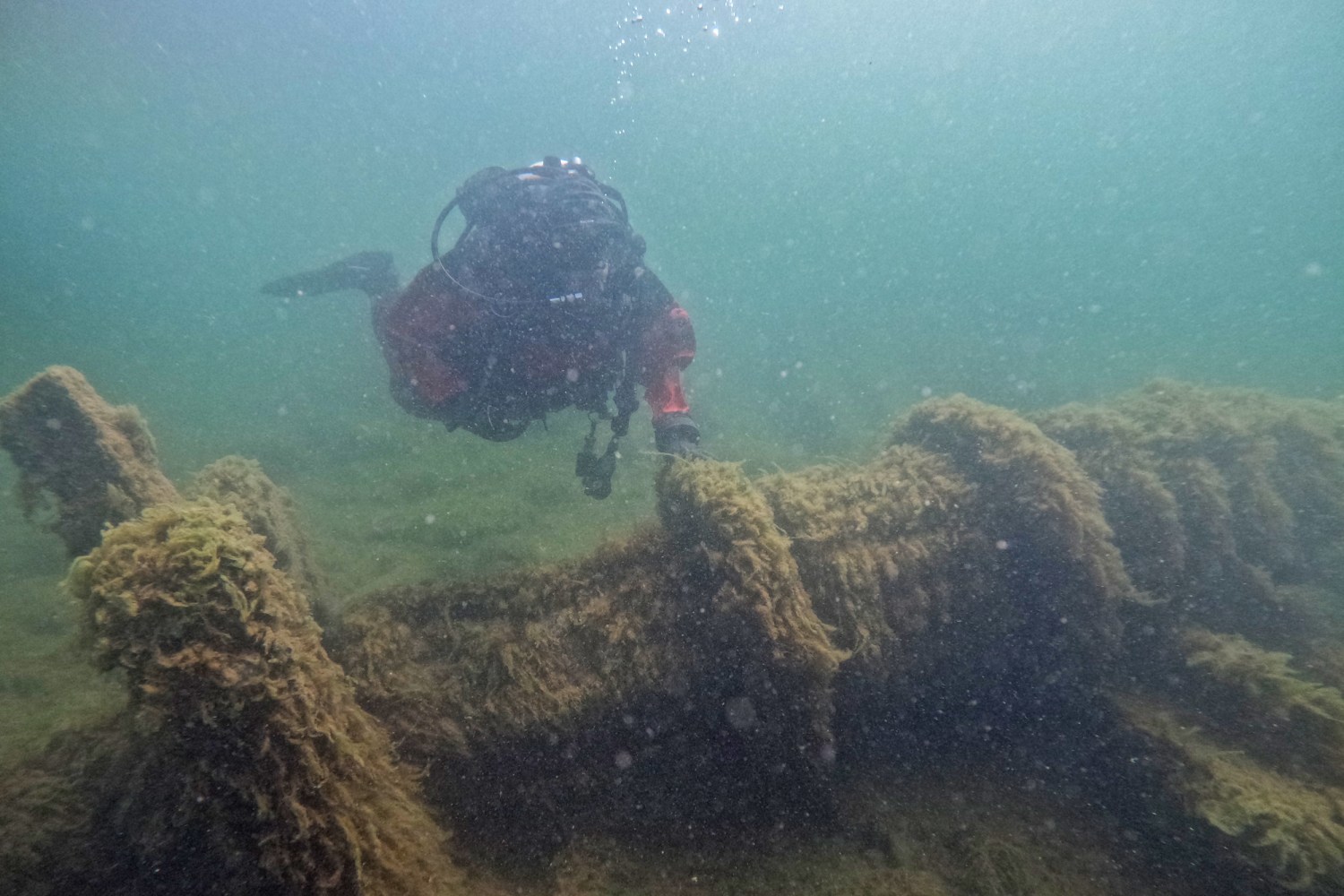Galileo Galilei, a key personality during the Scientific Revolution, is frequently recognized as the “progenitor of contemporary science.” Alive from 1564 to 1642, his contributions significantly altered our comprehension of the natural sphere, the universe, and the methodology of scientific investigation. His achievements extended across fields like physics, astronomy, mathematics, and engineering; however, these innovations also incited strong opposition from established authorities, resulting in his persecution by the Roman Catholic Church. To grasp both his findings and the causes of his troubles, it is crucial to explore the context, importance, and challenging consequences of his work.
Breakthrough Findings in Astronomy and Physics
Galileo is renowned for his groundbreaking work in the realms of astronomy and the application of the scientific method. One significant contribution was his enhancement and application of the telescope, a then-newly invented Dutch device. In 1609, he built one of the most advanced telescopes of his time, achieving magnifications close to 20×. This instrument allowed him to view the skies with unmatched precision, resulting in a series of remarkable discoveries:
1. The Satellites of JupiterIn January 1610, Galileo discovered four celestial bodies circling Jupiter—Io, Europa, Ganymede, and Callisto—now recognized as the Galilean moons. Observing these bodies delivered tangible proof that not all heavenly objects revolve around Earth. This directly questioned the geocentric theories prevalent in Europe, especially the enduring Ptolemaic model, which positioned Earth at the center of the universe.
2. Phases of VenusGalileo observed that Venus undergoes a full set of phases similar to the Moon. The Ptolemaic model could not account for these phases. Instead, they corroborated the heliocentric model proposed by Nicolaus Copernicus, which posited that planets, including Earth, orbit the Sun.
3. Surface of the Moon and SunspotsRather than smooth and perfect as Aristotle and scholastic traditions asserted, Galileo saw that the Moon was marked by mountains and craters. He also documented sunspots—dark regions on the Sun’s surface that changed over time. Both findings undermined the prevailing notion of celestial perfection and immutability.
4. Countless Stars in the Milky WayWith his telescope, Galileo discovered that the Milky Way resolved into thousands of stars, vastly increasing the estimated scale and complexity of the cosmos.
5. Law of Falling Bodies and Projectile MotionIn physics, Galileo challenged the concepts of Aristotle by performing experiments (supposedly at the Leaning Tower of Pisa) demonstrating that objects descend at the same speed irrespective of their mass, ignoring air resistance. He additionally explained the principle of inertia and improved the comprehension of projectile motion, paving the way for Newtonian physics.
The Disruptive Impact of Galileo’s Findings
Galileo’s findings did more than just question scholarly concepts; they disrupted a perspective that was firmly rooted in religious, philosophical, and cultural establishments. The Ptolemaic (Earth-centered) model was not merely a scientific structure—it was intertwined with theological beliefs and medieval scholastic thought, heavily influenced by Aristotle.
His observations, publicized in accessible works such as Siderius Nuncius (“Starry Messenger”) and Dialogue Concerning the Two Chief World Systems, excited curiosity but also sparked controversy. The heliocentric model, if accepted, implied that Earth was not the universe’s focal point—a notion that ran counter to scriptural interpretations and long-held beliefs about humanity’s place in creation.
Causes of Galileo’s Prosecution
Multiple intertwined elements contributed to the Roman Catholic Church’s persecution of Galileo.
1. Clash with Cosmological Views in ScriptureChurch leaders insisted that the Bible clearly endorsed a motionless Earth at the core of the universe. Galileo’s advocacy for heliocentrism seemed to challenge scriptures such as Joshua 10:13 (“the sun stopped”), resulting in charges of heresy. Opponents within the Church contended that scientific findings could not supersede scriptural realities.
2. The Climate of the Counter-ReformationThe start of the seventeenth century was characterized by the prominence of the Counter-Reformation, during which the Roman Catholic Church was particularly cautious in maintaining doctrinal consistency against Protestant opposition. The theories of Copernicus, along with Galileo’s promotion of them, were seen as possible dangers to ecclesiastical dominance and societal stability.
3. Personal and Institutional RivalriesGalileo was a persuasive, sometimes combative debater who humiliated academic and clerical opponents in public discussions. His publication Dialogue Concerning the Two Chief World Systems (1632) portrayed supporters of geocentrism as foolish, even attributing the simplest arguments to a character resembling Pope Urban VIII. This affront offended powerful figures who might otherwise have protected him.
4. Official Denunciation and WithdrawalIn 1616, the Church officially deemed heliocentrism “formally heretical.” Despite Galileo’s initial assurance to avoid promoting Copernican theories, he proceeded with his investigations and published writings that indirectly endorsed them. The Inquisition called him in 1633, and faced with the possibility of torture, Galileo withdrew his viewpoints and was placed under house arrest permanently. His publications were prohibited, hindering scientific discourse throughout Europe.
Galileo’s experience became a landmark in the struggle between science and religious authority. His condemnation effectively silenced open discussion of heliocentrism in Catholic Europe for a century. Despite this, his methods—emphasizing direct observation, experimentation, and logical analysis—spread widely. Later scientists like Isaac Newton drew extensively on Galileo’s work.
Heritage for contemporary science
Centuries later, the Church revisited the Galileo affair. In 1758, the ban on heliocentric works was lifted. Notable is the 1992 formal acknowledgment by Pope John Paul II that the Church had erred in its handling of Galileo’s case.
Galileo Galilei’s discoveries did more than advance knowledge; they illuminated the profound challenge inherent in questioning established paradigms. His persecution illustrates not simply a historical clash between science and religion, but the complexities that arise when revolutionary ideas confront entrenched authority and worldview. The echo of his struggles can be traced through modern debates over scientific thought and freedom of inquiry, highlighting the nuanced interplay between discovery, culture, and power.




